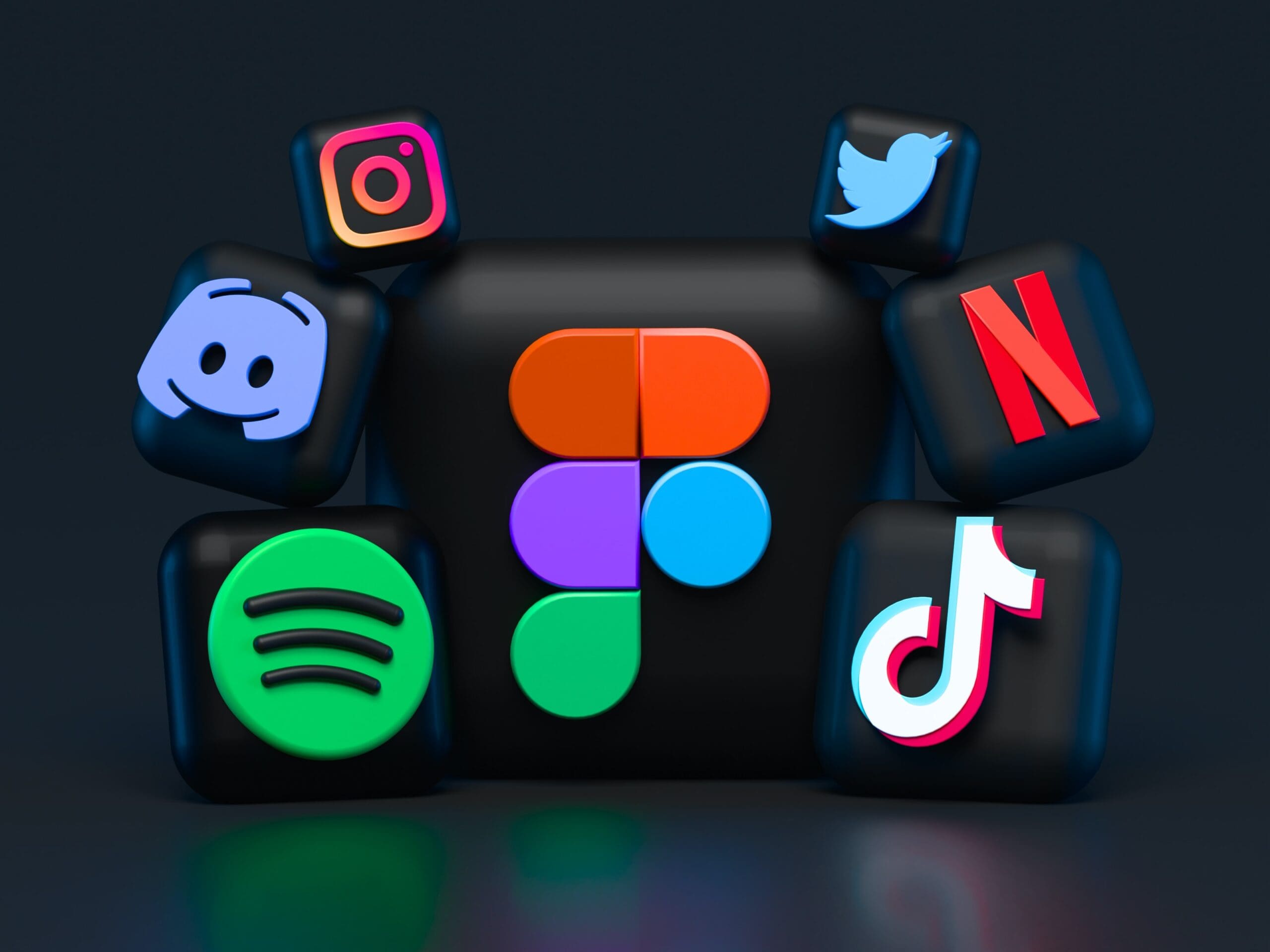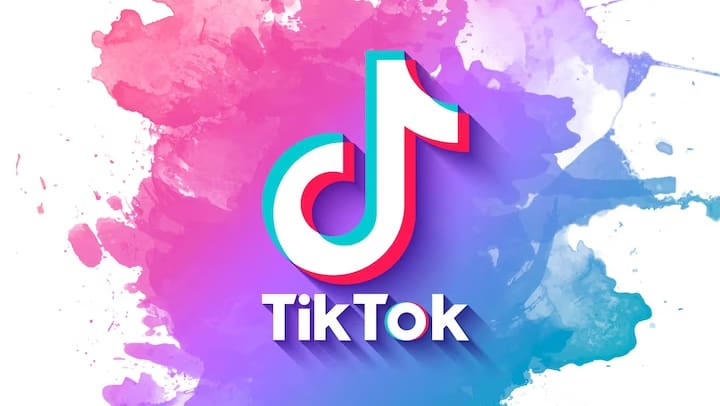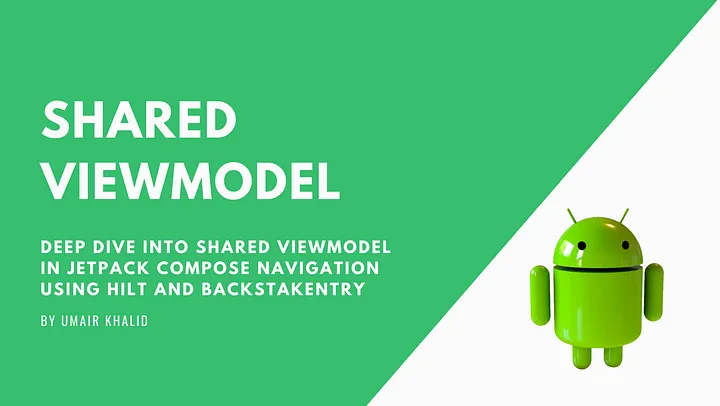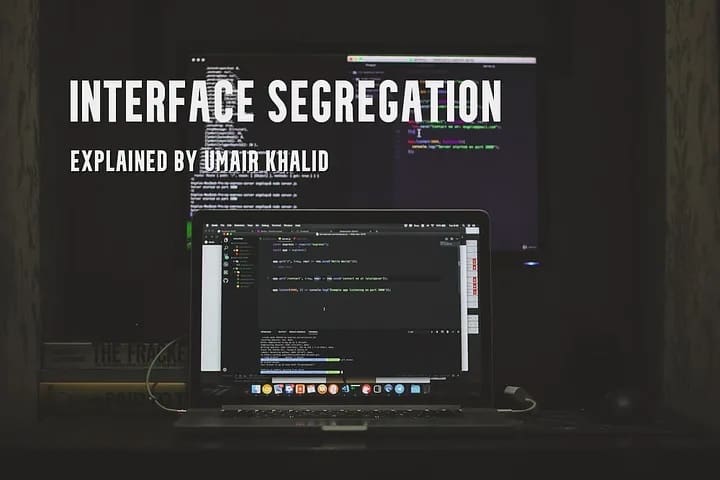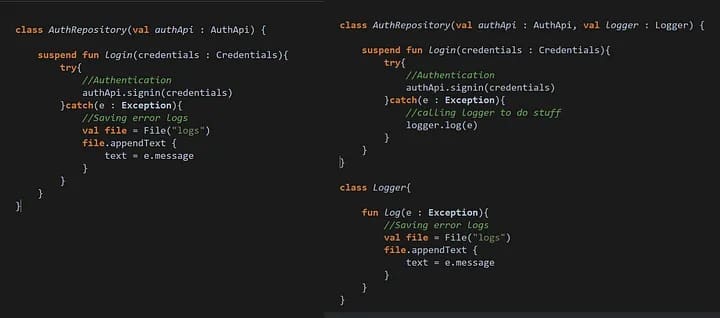Top 10 Cross-Platform Frameworks for App Development in 2024
Cross-platform frameworks are becoming fundamental tools for builders trying to create programs that function flawlessly across several structures in the fast changing tech international of nowadays. using the right framework let you save time, cut prices and guarantee a steady user enjoy whether you are looking for laptop, Android, or iOS mobile applications development. here, we cross over the best ten move-platform frameworks for growing apps in 2024, emphasizing each one’s own traits, advantages, and possible applications.
Flutter is one of the most well-liked frameworks for cross-platform programming, and it was developed by Google. It’s a flexible option because it can produce natively generated desktop, web, and mobile applications from a single codebase. As it is written in the Dart programming language, Flutter can achieve great performance and fluid animations that can rival native apps.
The rich ecosystem of the framework improves development productivity with an extensive number of third-party plugins, a helpful community and comprehensive documentation. Additionally, developers can create aesthetically pleasing, responsive apps with a consistent user experience across all devices thanks to Flutter’s comprehensive set of UI components and configurable widgets. In view of this, Flutter is a great option for developing iOS mobile applications and other applications.
-
React Native
React Native is maintained by Facebook, it continues to be popular among developers for Android and iOS mobile application development because it makes use of JavaScript and React. With the help of this framework, developers can create code only once and have it run on several platforms, which saves a ton of time and effort.
The enormous ecosystem of React Native consists of a wealth of pre-built component libraries, extensive documentation and a vibrant community that keeps the platform evolving. As the framework can connect with native code, developers are able to use platform-specific capabilities and optimize performance as needed. Furthermore, React Native is a great option for dynamic and high-performance mobile applications because of its support for hot reloading, which allows for real-time code updates and increases developer efficiency.
-
Xamarin
With Microsoft’s support, Xamarin lets developers construct C# code that works with Windows, iOS, and Android apps. This cohesive approach to development guarantees consistency across platforms while also expediting the process. Xamarin. Forms, which enables the development of cross-platform user interfaces, and Xamarin are two components of the powerful Xamarin framework. Xamarin and iOS. Android for features unique to a given platform.
The smooth integration with Visual Studio offers a robust programming environment with many of libraries and strong debugging tools. Furthermore, Xamarin provides robust support for platform-specific APIs, enabling programmers to make the most of native capabilities and enhance app performance. Because it can take advantage of pre-existing.NET libraries, the framework is more productive and is therefore favored among developers experienced with the Microsoft ecosystem and enterprise-level applications.
-
Ionic
A well-favored framework for growing cross-platform mobile applications with internet technology inclusive of HTML, CSS, and JavaScript is known as Ionic. Ionic cuts down on development time and effort by using those well-known web technology to allow developers to provide high-caliber mobile packages from a single codebase.
The framework guarantees a consistent and aesthetically pleasing user experience on both the iOS and Android platforms thanks to its large library of pre-designed UI components. Additionally, Ionic offers freedom in selecting the underlying framework due to its connectivity with Angular, React, and Vue.js.
The Capacitor runtime facilitates developers in creating robust and efficient apps by providing easy access to native device characteristics. Ionic has a vast ecosystem of plugins, thorough documentation, and a community that makes it an excellent choice for developing hybrid apps that need to have consistent user interfaces and quick development cycles.
-
Katlin Multiplatform Mobile
Detrains’ Katlin Multiplatform Mobile enables developers to use native APIs while sharing code between Android and iOS mobile application developement. This method preserves native user experience and good performance while cutting down on development time and effort. Productivity and code quality are further improved by KMM’s excellent interaction with Android Studio and strong support for Katlin’s contemporary language features.
-
Apache Cordova
Cordova is an established framework for creating mobile applications with web technologies. With just one codebase, developers can use HTML, CSS, and JavaScript to create cross-platform applications. The vast plugin library offered by Cordova makes it possible to access native device functionalities, which improves the usefulness and speed of apps. It’s a great option for quick development and deployment because of its strong community support and ease of use.
-
Unity
Although Unity is most recognized as a game creation engine, it can also be used to create dynamic, sophisticated mobile applications. It is perfect for creating aesthetically attractive apps because of its robust graphics capabilities and large asset repository. With Unity’s cross-platform deployment capabilities, developers may use a single codebase to generate applications for iOS, Android, and other platforms. Furthermore, Unity’s extensive documentation and vibrant community offer developers a wealth of resources.
-
NativeScript
NativeScript supports the Angular and Vue.js frameworks and makes it possible to create native mobile applications with JavaScript or TypeScript. In accordance with this freedom, developers can directly use native APIs and select the tools that they like. The runtime for NativeScript converts JavaScript code into native code, guaranteeing excellent performance and a fully native user interface. Its robust community support and vast plugin ecosystem significantly improve development capabilities.
-
Phone Gap
In order to create cross-platform mobile applications, Adobe also maintains Phone Gap, an open-source distribution of Apache Cordova. Through its utilization, developers can create cross-platform applications using web technologies like HTML, CSS, and JavaScript. Performance improvements for apps are guaranteed by Phone Gap’s extensive plugin library, which gives access to native device features. A popular option for quick app deployment, its ease of use and cloud-based build service expedite the development process.
-
Qt
Strong cross-platform framework Qt is mostly used for embedded system development, but it works well for desktop and mobile apps as well.
For the purpose of developing user-friendly user interfaces and high-performing applications, it provides an extensive collection of development tools and libraries. Qt’s compatibility with several operating systems, such as iOS and Android, guarantees uniform performance and design. Its large developer community and thorough documentation help developers create complex apps more quickly and effectively.
Share this article
Written by : admin
Latest Articles
June 21, 2024
June 11, 2024
June 10, 2024
May 31, 2024
May 27, 2024
May 10, 2024
February 1, 2024
December 28, 2023
December 26, 2023
December 18, 2023
December 15, 2023
September 26, 2023
September 21, 2023
September 19, 2023
September 19, 2023
September 12, 2023
September 5, 2023
August 29, 2023
March 31, 2023
March 20, 2023
March 13, 2023
March 13, 2023
March 13, 2023
March 13, 2023
March 13, 2023
























